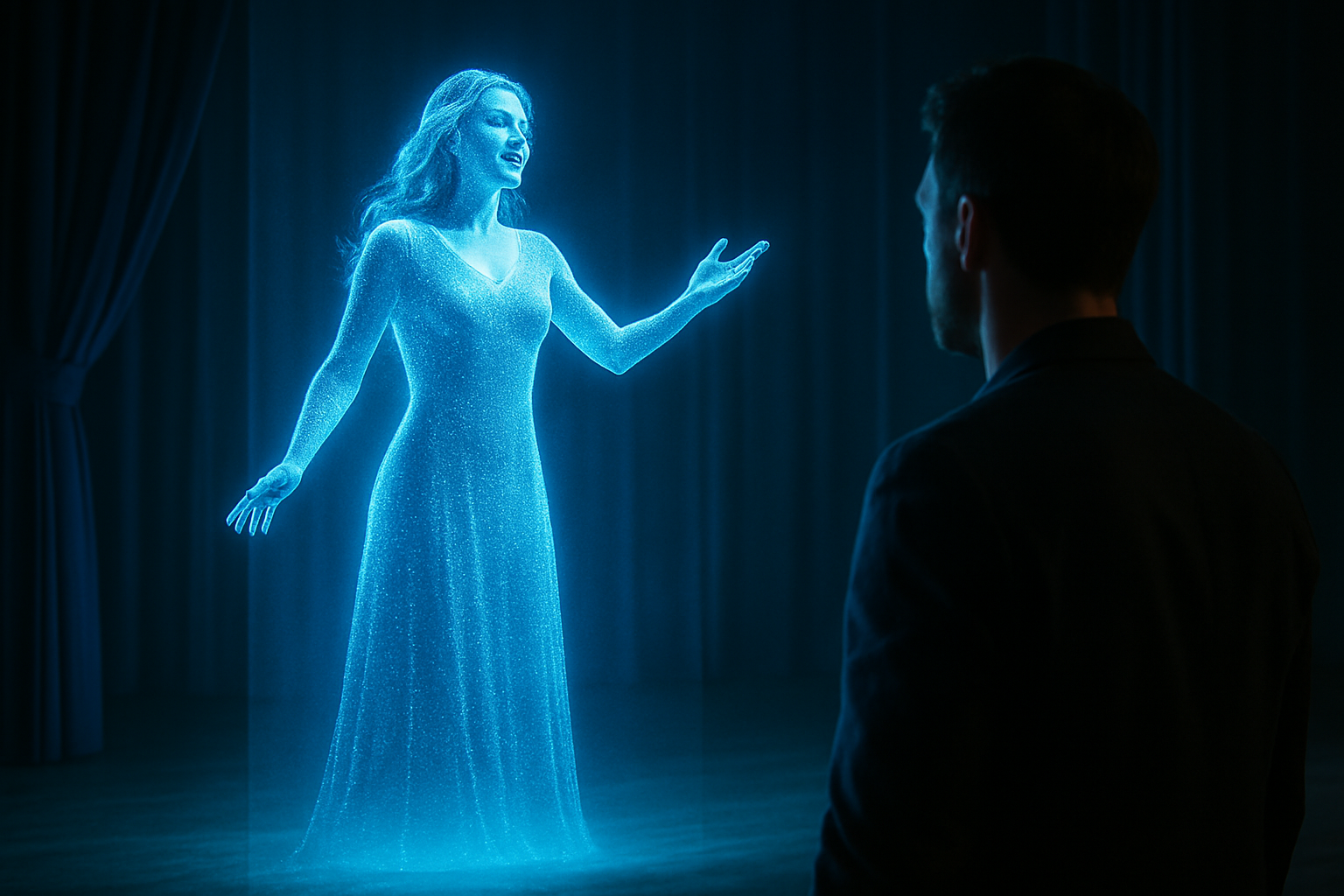Holographic Theater: A New Dimension in Live Performance
In the ever-evolving landscape of theatrical arts, a groundbreaking innovation is captivating audiences and challenging the boundaries of traditional stagecraft. Holographic theater, a fusion of cutting-edge technology and timeless storytelling, is emerging as a revolutionary medium that promises to redefine the live performance experience. This article delves into the rise of holographic theater, exploring its origins, current applications, and the profound impact it's having on the entertainment industry.

Beyond the Fourth Wall: Immersion and Interaction
One of the most compelling aspects of holographic theater is its ability to dissolve the traditional barrier between performers and audience. By projecting lifelike, three-dimensional images into the performance space, directors can create environments that surround and engage viewers in unprecedented ways. This level of immersion allows for storytelling techniques that were previously impossible, blurring the lines between reality and fiction.
Technical Marvels: The Science Behind the Spectacle
At the heart of holographic theater lies a complex array of technologies working in concert. High-powered lasers, advanced projection systems, and specially designed screens come together to create the illusion of three-dimensional objects floating in space. Recent advancements in real-time rendering and motion capture have further enhanced the realism and responsiveness of holographic performances, allowing for dynamic interactions between live actors and digital elements.
Creative Frontiers: Reimagining Classic Works
While holographic theater opens up exciting possibilities for original productions, it’s also breathing new life into classic works. Directors and designers are revisiting beloved plays and operas, using holographic elements to enhance and reimagine familiar stories. From ghostly apparitions in Shakespeare to fantastical creatures in Wagner, these technological additions are offering fresh perspectives on timeless tales.
The Global Stage: Holographic Performances Across Borders
One of the most intriguing aspects of holographic theater is its potential to transcend geographical limitations. With the ability to project performers from remote locations, productions can now feature talent from around the world without the need for physical travel. This opens up new avenues for international collaboration and cultural exchange, allowing audiences to experience diverse performances that might otherwise be inaccessible.
Challenges and Controversies: Navigating the New Terrain
As with any emerging art form, holographic theater faces its share of challenges and controversies. Critics argue that the technology may overshadow the human element of live performance, while others raise concerns about the authenticity of holographic representations. Additionally, the high costs associated with implementing these systems pose significant barriers to widespread adoption, particularly for smaller theaters and independent productions.
The Future of Performance: Holographic Theater’s Lasting Impact
As holographic technology continues to advance and become more accessible, its influence on the theatrical arts is likely to grow. From intimate black box theaters to grand opera houses, the potential applications are vast and varied. While it may never fully replace traditional live performance, holographic theater represents an exciting new frontier in the ongoing evolution of the stage arts, offering audiences and creators alike a glimpse into the future of storytelling.
In conclusion, holographic theater stands at the intersection of art and technology, pushing the boundaries of what’s possible in live performance. As this innovative medium continues to develop and mature, it promises to open up new realms of creativity and audience engagement, forever changing the way we experience and interact with theatrical productions. The curtain has risen on a new era of performance, and the possibilities are as limitless as the imagination itself.





